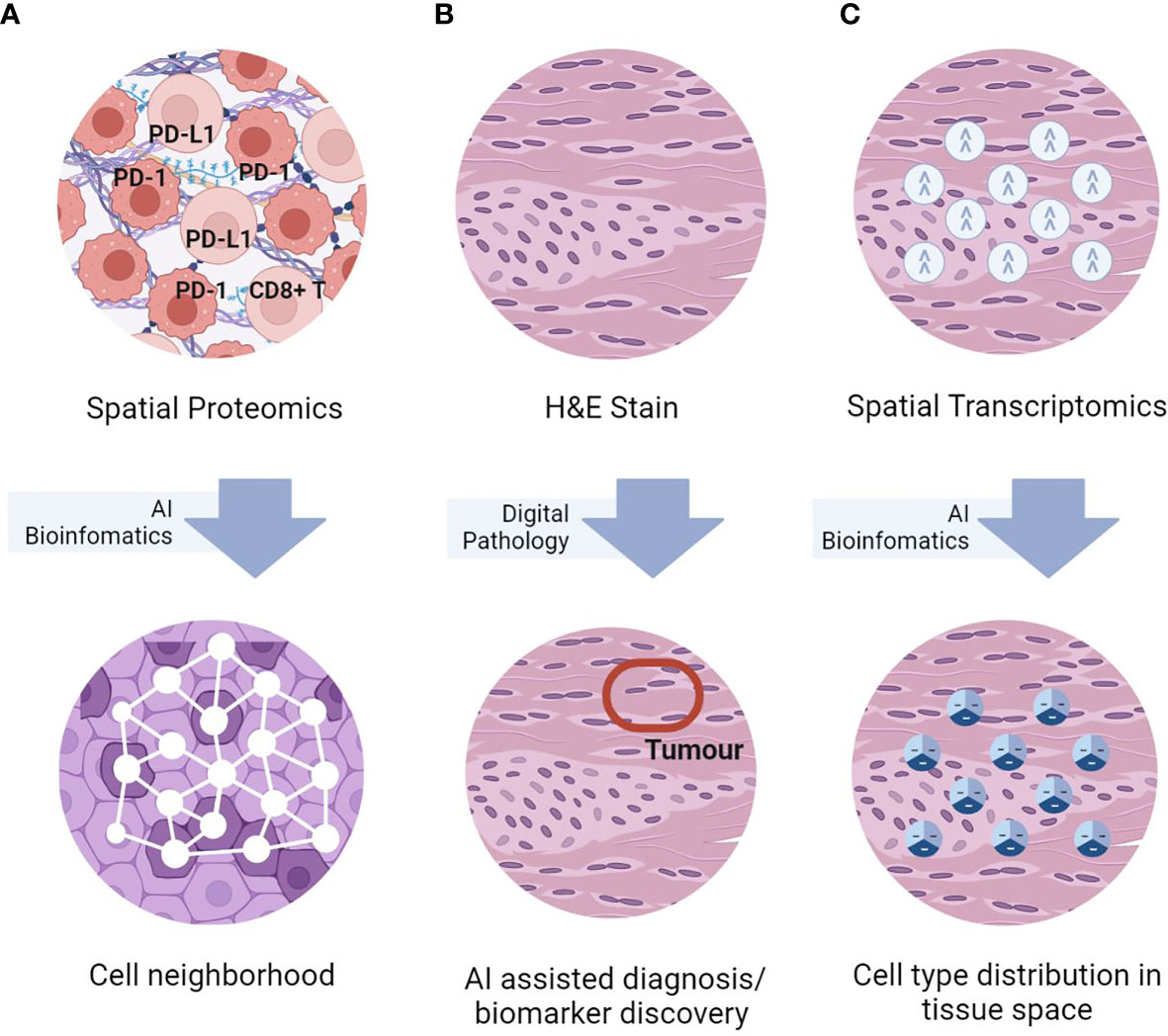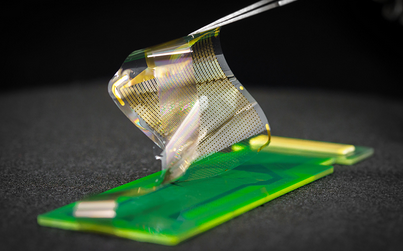Spatial Omics
In the quest for precision medicine, scientists are constantly pushing the boundaries of technology and knowledge. One of the most exciting frontiers in this journey is Spatial Omics, a groundbreaking field that promises to revolutionize our understanding of biology, disease, and the human body. Let’s look into the future of healthcare and explore how Spatial Omics is poised to transform the way we diagnose, treat, and prevent diseases.
Unveiling the Spatial Dimension:
Traditional genomics and proteomics have provided invaluable insights into the molecular underpinnings of health and disease. However, these techniques lack one crucial element: spatial context. Spatial Omics bridges this gap by allowing scientists to examine the precise location of individual molecules within cells and tissues.
The Power of Spatial Resolution:
Imagine having a microscope that not only reveals the structure of cells but also the exact locations of specific genes, proteins, and other biomolecules within those cells. This is the power of Spatial Omics. It enables researchers to study intricate cellular processes, identify disease markers, and understand how genes are activated or suppressed in different regions of tissues.
Applications in Disease Diagnosis:
Spatial Omics promises groundbreaking applications in disease diagnosis. It allows for the identification of specific biomarkers associated with diseases like cancer. By analyzing the spatial distribution of these biomarkers, doctors can detect diseases at their earliest stages and tailor treatments accordingly. This precision can lead to more effective therapies and improved patient outcomes.
Personalized Medicine Redefined:
The future of medicine is personalization, and Spatial Omics is at the forefront of this revolution. By understanding the unique spatial molecular signatures within a patient’s body, doctors can design treatment plans that are tailored to each individual. This minimizes side effects, enhances treatment efficacy, and improves the overall quality of care.
Neuroscience and Brain Mapping:
One of the most exciting frontiers of Spatial Omics is in the field of neuroscience. Scientists are using this technology to create detailed maps of the brain, unraveling its complexity at the molecular level. This knowledge could lead to breakthroughs in understanding and treating neurodegenerative diseases like Alzheimer’s and Parkinson’s.
Drug Discovery and Development:
Spatial Omics is transforming drug discovery and development. Researchers can now study how drugs interact with specific molecules in cells and tissues, allowing for the design of more targeted and effective pharmaceuticals. This not only speeds up the drug development process but also reduces the risk of adverse reactions.
Challenges and Ethical Considerations:
As with any transformative technology, Spatial Omics raises important challenges. Privacy concerns, data security, and the ethical implications of tinkering with the molecular building blocks of life must be carefully addressed. Ensuring equitable access to these advanced diagnostics and treatments is also crucial.
Final Thoughts
Spatial Omics is a futuristic beacon of hope for the field of medicine. It’s a tool that allows us to see beyond what was previously invisible, unlocking the mysteries of health and disease at a scale and precision never before possible. As we journey deeper into this brave new world of healthcare, we can anticipate a future where diseases are diagnosed earlier, treatments are more effective, and each patient receives care tailored to their unique molecular makeup. Spatial Omics is not just a scientific breakthrough; it’s a promise of a healthier, more personalized future for all of humanity.




